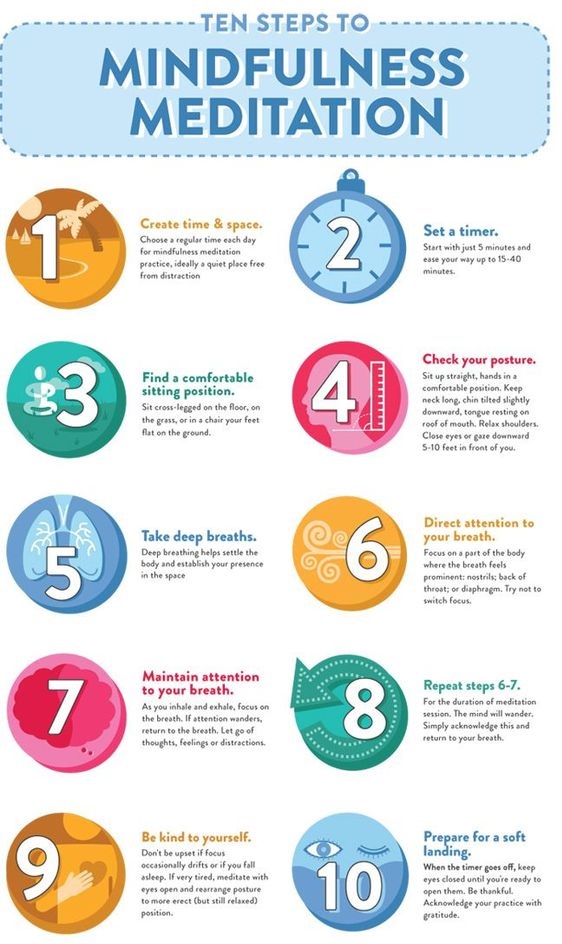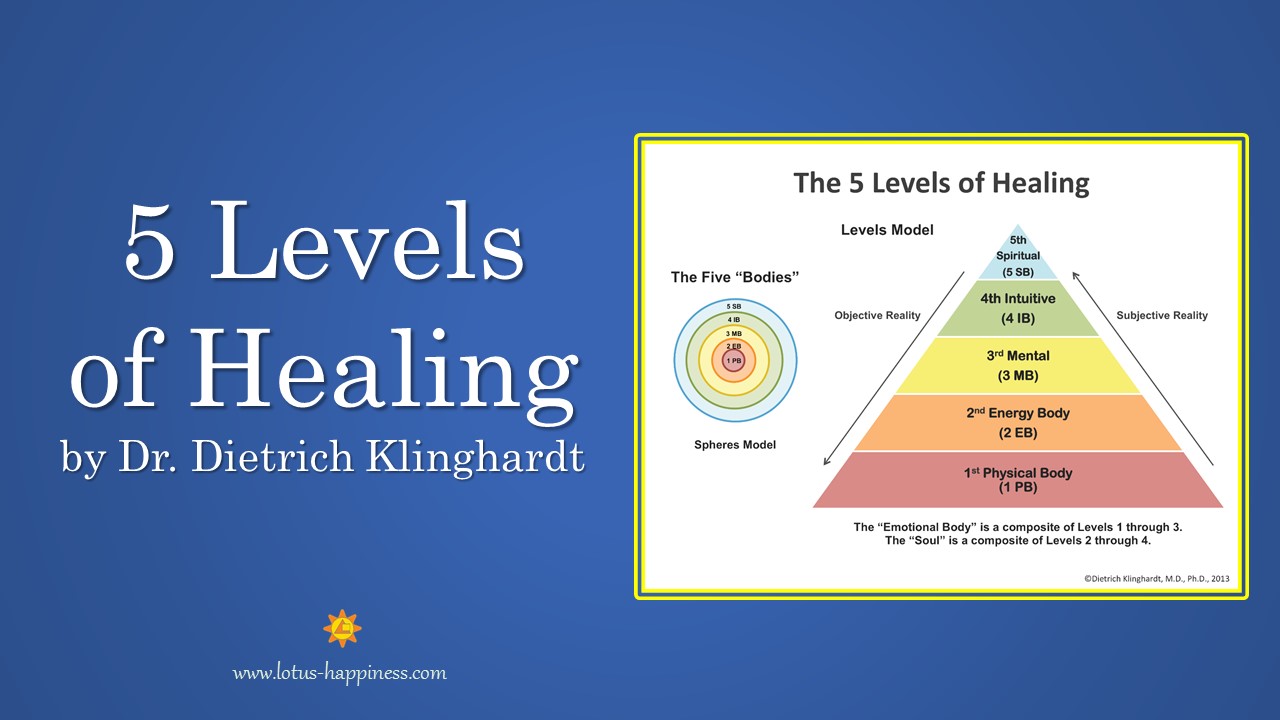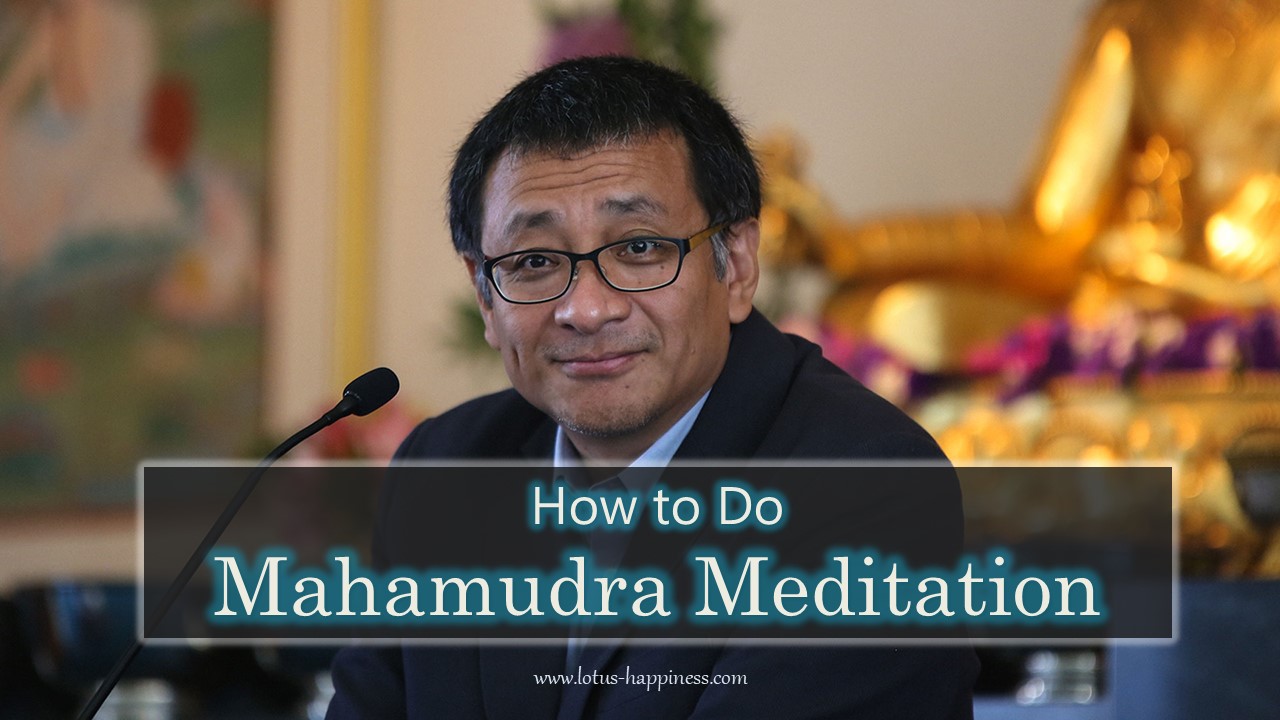10 Steps to Mindfulness Meditation
Mindfulness is the practice of bringing our attention to whatever is happening at the present moment, so that we are aware of where we are and what we are doing.
The ability to be fully present is a basic human ability. We already have the capacity to be present, and it doesn’t require us to change who we are. Anyone can practice mindfulness meditation. It doesn’t matter how old you are, your physical condition, or if you are religious or not; there are no obstacles.
But we can cultivate these innate qualities with simple practices that are scientifically demonstrated to benefit us in many ways.
Numerous scientific studies have proven that mindfulness meditation bring plenty of benefits: reshape our relationships with mental and physical pain, connect better with our loved ones, significantly reduce stress that causes lots of illnesses, focus our minds to be more productive and alert, reduce brain chatter so have inner peace and joy.
Here are the 10 steps to practice mindfulness meditation throughout the day.
#1 – Create Time & Space
Choose a regular time each day for mindfulness meditation practice, ideally a quiet place free from distraction
#2 – Set a Timer
Start with just 5 minutes and ease your way up to 15-40 minutes
#3 – Find a Comfortable Sitting Position
Sit cross-legged on the floor, on the grass, or in a chair, with your feet flat on the ground.
#4 – Check Your Posture
Sit up straight, hands in a comfortable position. Keep neck long, chin tilted slightly downward, tongue resting on root of mouth. Relax shoulders. Close eyes or gaze downward 5-10 feet in front of you.
#5 – Take Deep Breaths
Deep breathing helps settle the body and establish your presence in the space
#6 – Direct Attention to Your breath
Focus on a part of the body where the breath feels prominent: nostrils, back of throat, or diaphragm. Try not to switch focus.
#7 – Maintain Attention to Your Breath
As you inhale and exhale, focus on the breath. If attention wonders, return to the breath. Let go of thoughts, feelings, or distractions.
#8 – Repeat Steps 6-7
For the duration of meditation session. The mind will wander. Simply acknowledge this and returns to your breath.
#9 – Be Kind to Yourself
Don’t be upset if focus occasionally drifts, or if you fall asleep. If very tired, meditate with eyes open and rearrange posture to more erect (but still relaxed) position.
#10 – Prepare for a Soft Landing
When the timer goes off, keep eyes closed until you’re ready to open them. Be thankful. Acknowledge your practice with gratitude.













